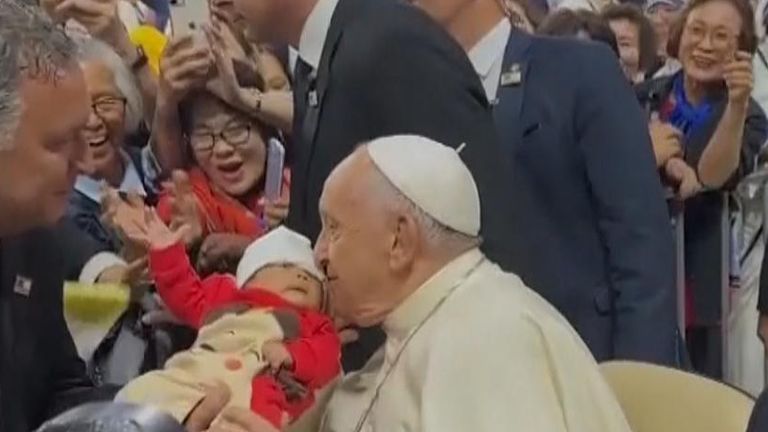Pope Francis’ Historic Journey to Mongolia
In a remarkable moment of religious diplomacy and cultural significance, Pope Francis embarked on a historic visit to Mongolia, marking the first-ever papal visit to this predominantly Buddhist nation. This extraordinary journey took place in [insert date], and it served as a momentous occasion for both the Catholic Church and Mongolia, strengthening bonds of faith and friendship between two diverse worlds.
The Papal Visit: A Bridge between Two Faiths
Mongolia, a landlocked country nestled between China and Russia, is predominantly known for its Buddhist heritage, with Tibetan Buddhism being the dominant religion. In this context, Pope Francis’s visit symbolized a unique bridge between two vastly different faiths. The visit aimed to foster interfaith dialogue, promote peace and cooperation, and bring attention to the global importance of religious tolerance and understanding.
The Papal Message of Peace and Unity
During his visit, Pope Francis emphasized the importance of dialogue and collaboration among religions. He delivered speeches that underscored the shared values of love, compassion, and social justice that are common to many faiths. The Pope remarked, “We may have different beliefs and practices, but we are all children of the same God. Let us strive to build a world where people of all faiths can live together in peace and harmony.”
The people of Mongolia welcomed Pope Francis with open arms and hearts. Thousands of Mongolians, both Catholics and members of other faiths, lined the streets to catch a glimpse of the Pontiff. Local leaders and Buddhist monks greeted the Pope, showcasing Mongolia’s commitment to religious freedom and tolerance. The visit provided a platform for Mongolia to demonstrate its dedication to promoting peaceful coexistence among diverse religious communities.
The Papal Mass: A Symbol of Unity
One of the most significant events during the papal visit was the celebration of Mass at Steppe Arena in Ulaanbaatar. This Mass brought together Catholics from Mongolia and neighboring countries, as well as tourists and diplomats. The Mass served as a powerful symbol of unity, as people from different backgrounds came together to worship and pray, transcending their differences and focusing on their shared humanity.
In addition to religious ceremonies, Pope Francis engaged in various humanitarian initiatives during his visit. He visited [insert name of charitable organization] and met with local leaders to discuss poverty alleviation, healthcare access, and education in Mongolia. The Pope also participated in interfaith dialogues with Buddhist leaders, fostering mutual respect and understanding between the two faiths.
Legacy of the Papal Visit
The historic papal visit to Mongolia left a lasting legacy of peace, unity, and religious tolerance. It served as a reminder that in a world often marked by divisions and conflicts, faith can be a unifying force. The visit also highlighted Mongolia’s commitment to religious freedom and its desire to be a bridge between different cultures and religions.
Pope Francis’s visit to Mongolia was a momentous occasion that brought together people from different faiths and cultures. It strengthened the bonds of faith and friendship between the Catholic Church and Mongolia, emphasizing the importance of interfaith dialogue and cooperation. As the Pope departed from Mongolia, his message of peace and unity resonated not only with the Catholic community but with people of all faiths, leaving behind a legacy of hope and understanding in a world that sorely needs it.

